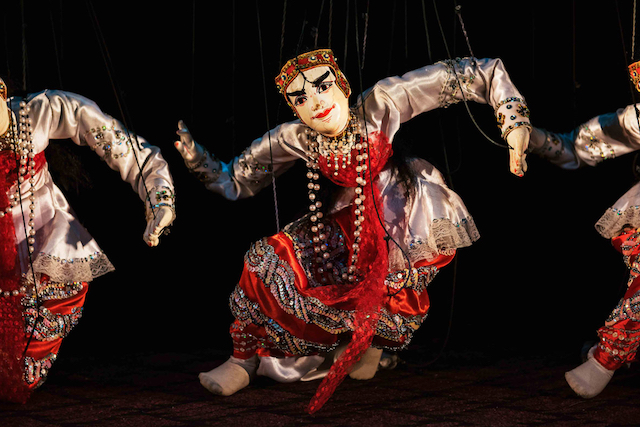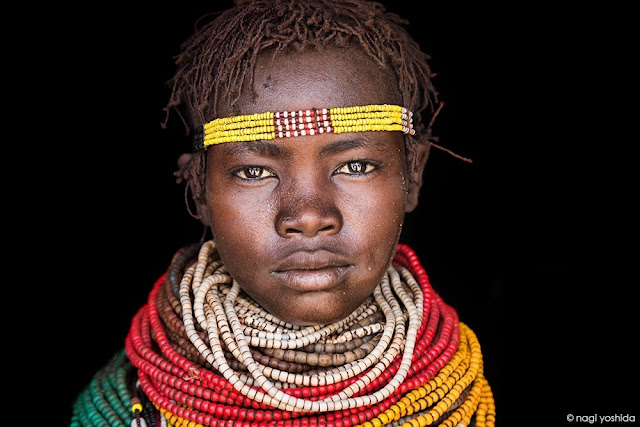NEOCHA | The Puppets of Myanmar
 |
| Photo � Chan Qu | Courtesy NEOCHA |
The puppets or marionettes are intricately made, and require considerable dexterity as they are "controlled" by 18 or 19 wires for male and female characters respectively, especially as each puppet can only be controlled by only one puppeteer.
It is thought that Burmese marionettes originated around 1780 and were introduced to the courts of the time by a Minister of Royal Entertainment, U Thaw. Little has changed since the creation of the art, and puppet characters are still used today. However, the art went into decline during the colonization of Upper Burma by the British in November 1885 following the Third Anglo-Burmese War.
It is said that because the puppets were mere wooden dolls, their �speech�, although voiced by humans, was allowed more freedom during the various reigns of monarchs, and even during the more recent periods. It is curious that all thorough Myanmar's history, the puppets were the only ones who enjoyed some freedom of speech.
Interestingly, as puppet troupes traveled from village to village in the olden days that had no newspapers or radio, their shows brought news of the capital and other larger towns through the puppets' songs and stories to villagers. Puppet shows were also used to express discontent with the rulers, but cloaked by the voices of the puppets.
A typical Burmese puppet troupe has 27 character figures. These puppets are carved, polished, sanded and painted, before being dressed in hand-stitched costumes; the entire process requires around twenty days of production from start to finish.
You can read more about this art form on NEOCHA.
View this short movie till its end...the agility of the puppeteers is breathtaking.
NEOCHA was stablished in 2006 by a group of Shanghai-based musicians, visual artists, programmers, and entrepreneurs, and has grown to become an award-winning company dedicated to celebrating culture and creativity in Asia.
Its online magazine tells stories by and of these creators, and shares them with a global audience on a new multilingual platform that showcases and celebrates Asia�s burgeoning creative class.
View this short movie till its end...the agility of the puppeteers is breathtaking.
NEOCHA was stablished in 2006 by a group of Shanghai-based musicians, visual artists, programmers, and entrepreneurs, and has grown to become an award-winning company dedicated to celebrating culture and creativity in Asia.
Its online magazine tells stories by and of these creators, and shares them with a global audience on a new multilingual platform that showcases and celebrates Asia�s burgeoning creative class.

Comments
Post a Comment